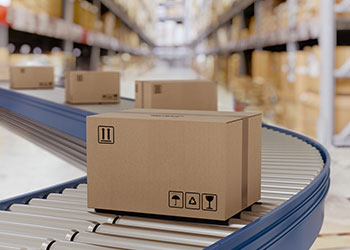Oil Analysis
Oil analysis is a critical practice used to assess the condition and performance of oils and lubricants, as well as the machinery or equipment they are used in. At Venom, we conduct an in-house oil analysis in our specialized laboratory to examine the various properties and characteristics of the oil/lubricant to ensure that it meets the required standards of the industry and to identify any potential issues, as well as to prevent the equipment failures and to minimize maintenance costs through predictive maintenance strategies. Here are some key aspects of oil analysis in the oils and lubricants industry:
- Quality Control: Oil analysis is used to monitor the quality and purity of the oil or lubricant. It helps ensure that the oil meets the specified standards and is free from contaminants that could affect the performance of machinery.
- Condition Monitoring: By analyzing the physical and chemical properties of the oil, such as viscosity, acidity, and contamination levels, one can monitor the condition of the lubricant and detect signs of degradation or wear within the machinery.
- Wear Particle Analysis: Oil analysis often includes the examination of wear particles in the lubricant. These particles can provide insights into the condition of the equipment, helping identify abnormal wear patterns or potential failures.
- Contaminant Detection: It is crucial to identify and quantify contaminants in the oil, such as dirt, water, and metals. High levels of contaminants can lead to equipment damage and poor lubrication performance.
- Viscosity Analysis: Viscosity is a critical property of lubricants. Oil analysis assesses the viscosity to ensure that it falls within the recommended range. Deviations can lead to inadequate lubrication.
- Chemical Analysis: Chemical analysis looks at the oil’s chemical composition, including additives. This helps ensure that the oil maintains its desired properties over time.
- Trend Analysis: Regular oil analysis creates a historical data set that can be used for trend analysis. By comparing current results to past data, it becomes easier to identify changes and potential issues.
- Predictive Maintenance: Oil analysis is a key component of predictive maintenance programs. By identifying potential problems early, maintenance can be scheduled to prevent costly breakdowns and downtime.
- Sampling and Testing: Proper sampling techniques are essential to ensure the accuracy of oil analysis results. Samples should be taken from various points in the lubrication system, and the testing should be performed using reliable and standardized methods.

Private Labeling
Venom's state-of-the-art automated production facility is perfectly suited to cater to all your custom blending, packaging, and labeling requirements. Our team of experts is dedicated to assisting you in creating a personalized formula that aligns with your specific needs. In addition to formulating your products, we also provide expert guidance…

Toll Blending
Venom stands out as an ideal partner for creating your own lubricants due to its extensive technical expertise, Steadfast dedication to quality, and extensive experience. Our dedicated team rigorously tests every product batch in our cutting-edge laboratories to ensure they meet the necessary physical and chemical standards. Venom also offers…

